Terry Doe presents this detailed test and review of the new Brocock Sniper Sahara XR - a PCP multi-shot air rifle available in .177, .22 and .25 calibres
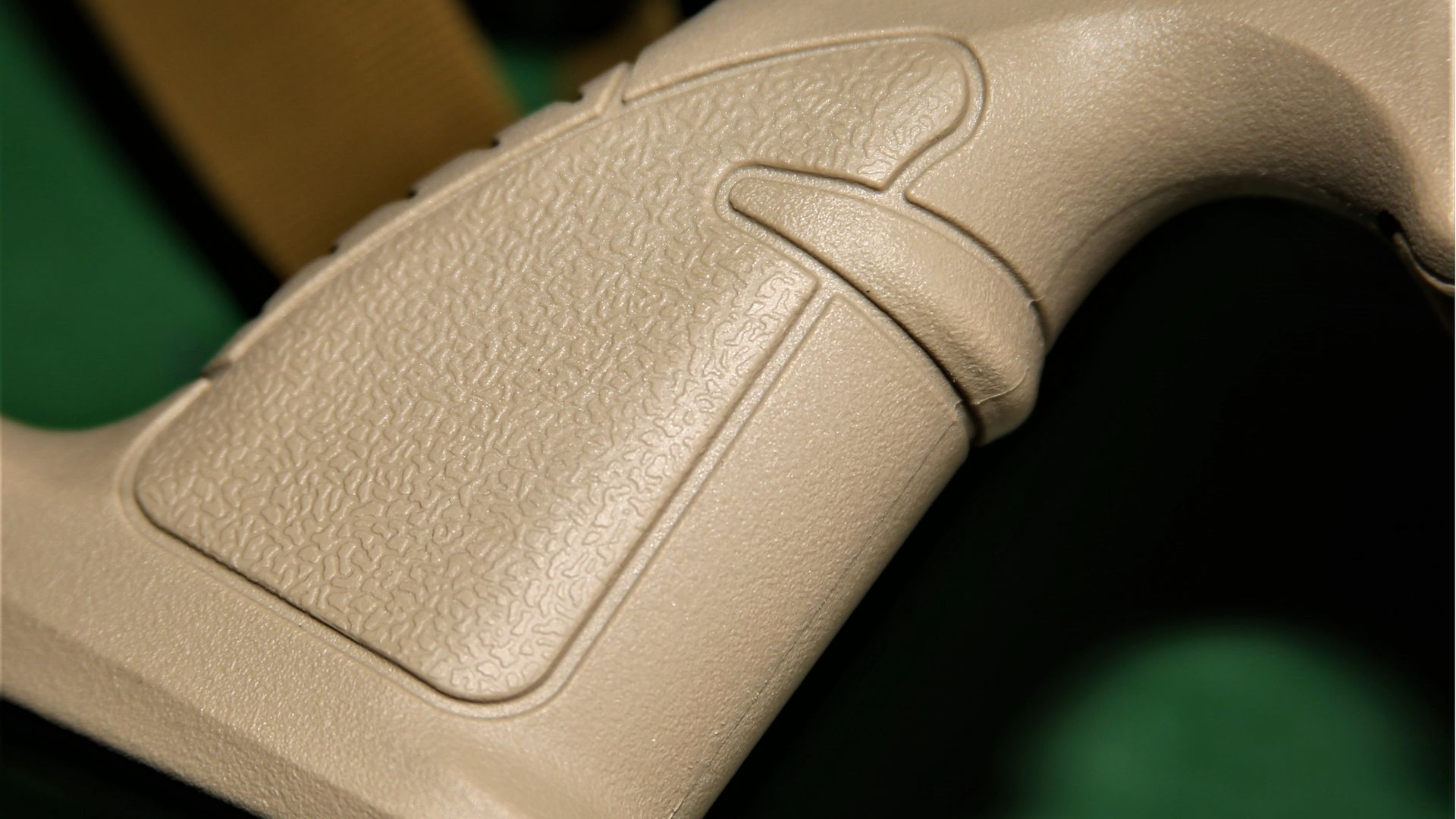 credit: Archant
credit: Archant
The first thing you’ll notice about the new Brocock Sniper Sahara XR is that ‘distinctive’ sand-coloured finish. That’s perfectly natural, raised as we are in a sporting world where blued and blacked metalwork sits within traditional timber, or its laminated variant, or even the increasingly accepted black synthetic stocks. The Sahara’s lighter-than-normal presentation can certainly jar an English eye, and many would question the validity of its use within these shores. Brocock has covered that by offering the Sniper XR in no fewer than six guises, including the more soothing combinations of wood, synthetic and dark metal.
So, why the sand finish? Mainly because Brocock supplies a healthy overseas market, which includes countries where hunting in desert regions is as normal as our own adventures in this mainly green and pleasant land. Besides, Brocock has already offered this colour scheme on its Sniper HR Magnum high-power version, so the shock of this new treatment should be survivable for most of us.
Beneath the Sahara’s ‘Marmite’ finish lies the real Brocock Sniper HR deal, and that comes as standard, no matter the model. First, by far the most important feature on a modern Brocock, is the undeniable fact that these rifles have become genuine, high-performance, top-specification sporters in their own right.
The Brocock brand may be owned by the same company that produces Daystate rifles, but there’s nothing of the ‘Daystate lite’ about today’s Brocock guns. That has been the case for quite a few years, now, and it’s the result of a commitment made by the company to develop Brocock rifles in its own direction. The success of that policy has been obvious to me every time I test a Brocock, not to mention being reflected in customer demand. Please forgive the lengthy scene-setting, but I believe it’s essential to establish the test rifle’s true identity for the benefit of potential purchasers, and now that I’ve done that, I can at last deal with the nuts, bolts and levers of the Sniper Sahara XR.
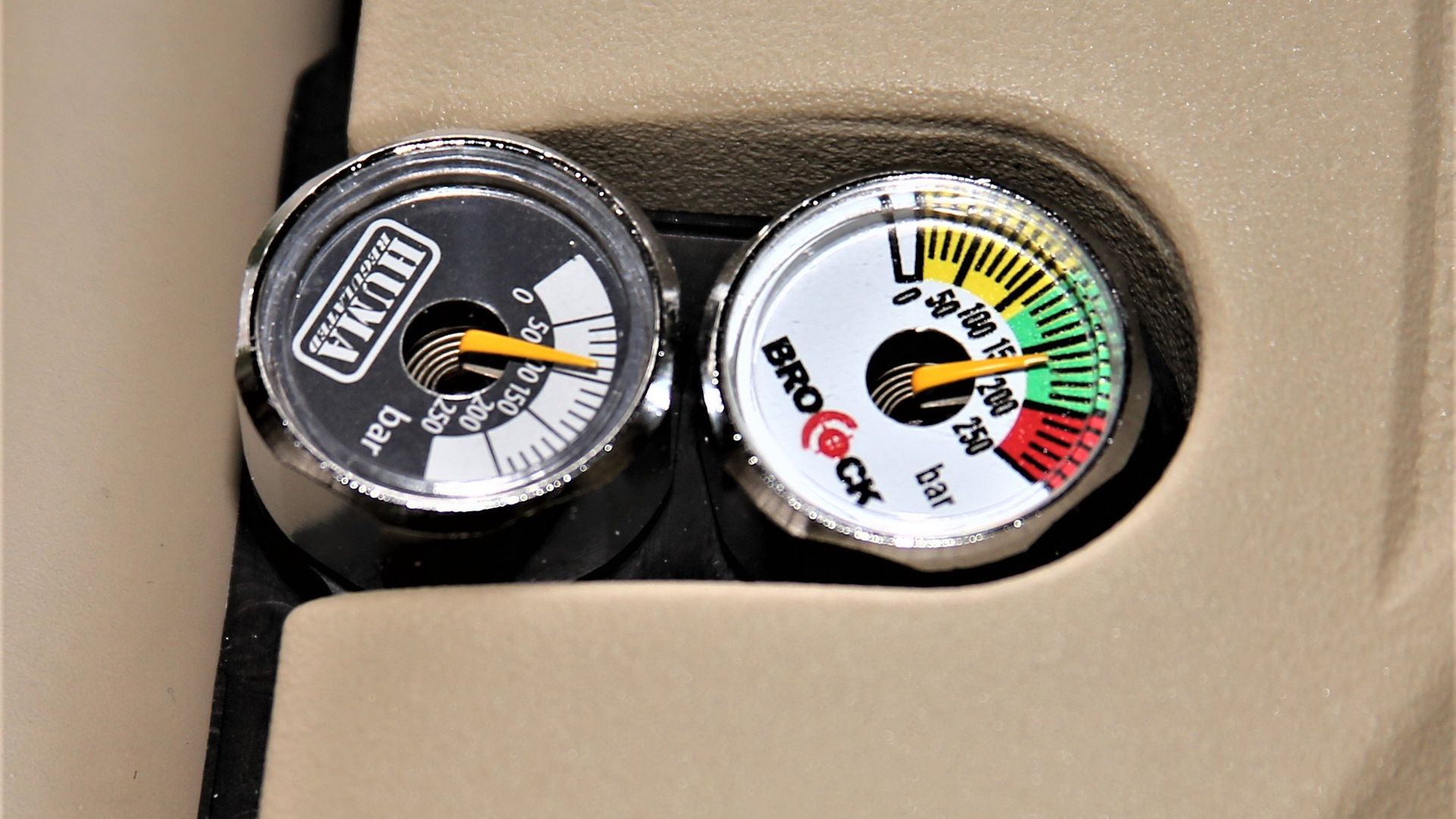 credit: Archant
credit: Archant
OVERVIEW
Described by its manufacturer as a ‘semi-bullpup’, the Sahara is a fully-regulated, sidelever-operated, variable-power, multi-shot, pre-charged pneumatic carbine rifle, fitted with an adjustable, ambidextrous, polymer thumbhole stock and a carbon-fibre buddy bottle.
The rifle comes with a Picatinny scope mounting rail, which can be removed to reveal a standard, 11mm dovetail system, plus an additional Picatinny accessory rail on the underside of the Sahara’s fore end. The barrel is fully-shrouded, with a ½-inch UNF adaptor at the muzzle.
The Sahara also has a power-adjust facility, and an adjustable, two-stage trigger. Now let’s see what effect, combined and individual, these features have on the Sahara’s performance.
It’s a given that this .177 test rifle is going to print applause worthy groups out to 50 yards and beyond, because I’ve tested previous versions, and mainly because Brocock tests each rifle for accuracy and consistency before it leaves the factory. That said, I still have to prove that any established standard is still in place, so the bench testing is still carried out as thoroughly as ever.
The Sahara’s accuracy is the chief responsibility of its 17-inch (430mm), match-grade German barrel, and few airgun components merit the ‘nothing to prove’ tag more than this one. The test rifle steered its supplied batch of Rangemaster pellets into the required sub-15mm diameter clusters at 40 yards, with single-figure average variation over the first 50 shots.
Not so long back, these would be ‘cut-out-and-keep’ groups, but such is the standard, these days, that the remarkable has become the expected standard. Shooting those groups still made me smile, though, and that will always matter massively in my little world.
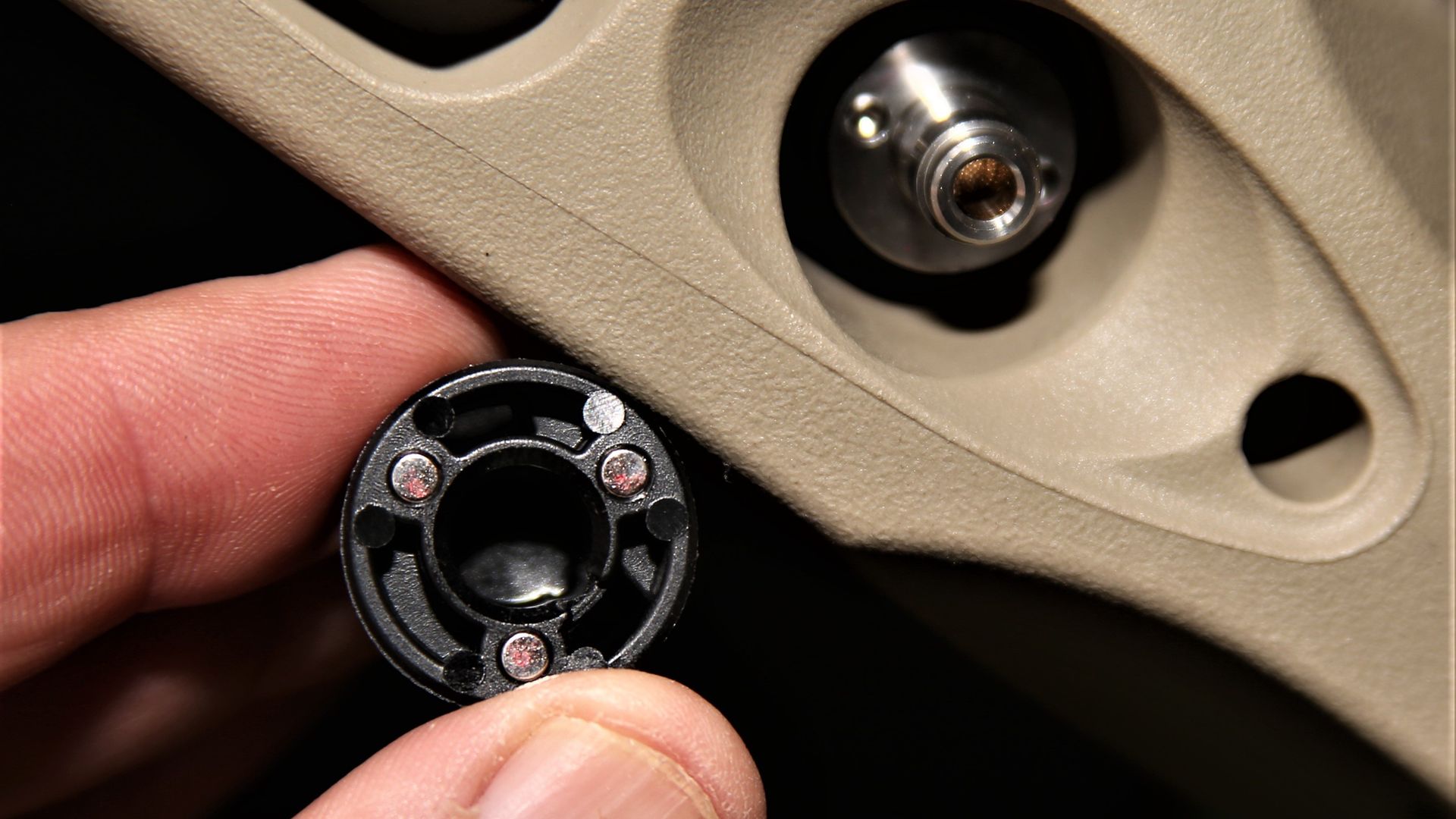 credit: Archant
credit: Archant
PERFORMANCE
When charged to 200 bar, the .22 calibre Sahara’s 480cc buddy bottle will power the best part of a tin of pellets, and well over 400 can be launched at 11-plus ft.lbs. from the .177 version. These prodigious production figures matter far more for owners of the FAC-rated, high-power versions, with their air-hungry actions, and I really can’t imagine any sub-12 shooter cranking their way through an entire charge before refilling the rifle’s reservoir. For the non-FAC Brocock Sahara owners, the next feature is far more relevant.
Regulated Brococks run Huma Air regulators, and this Netherlands-based company’s enviable reputation is well founded. A glance at the gauges on the right-hand side of the Sahara’s action tells me that the test rifle’s reg’ pressure has been set at 100 bar, but this setting can vary because every rifle is calibrated individually before it’s signed off.
My chrono’ figures show an average variation of 9.3 f.p.s. over the first 50 shots, using pellets straight from the tin. That’s the sort of mind-settling performance that allows the shooter to just get on with the business of trying to match the potential of this rifle.
The synthetic, ambidextrous stock of the Brocock Sahara does what any good stock does, in that it provides a versatile guiding system for the action. To do this efficiently, a stock needs to fit the user as well as possible, and that means adjustability. In this case, using hex-head locking screws, the Sahara’s cheekpiece and curved, rubberised butt pad can be raised and lowered to align head, eye and scope, perfectly, leaving the angled grip and its combination of ridges and moulded ‘stippling’ to accommodate the trigger hand.
My leading hand, fixed as it is to an over-long arm, finds its natural rest beneath the Sahara’s carbon-fibre buddy bottle. Those of a less extended construction may well prefer to use the abbreviated fore end shelf as a platform, after removing the Picatinny accessory rail.
This stock is completely weatherproof and temperature stable, and during this test, I even managed a brief rain, wind and cold evaluation, when I was caught out in the final thrashings of Storm Eunice. All in all, the Sahara’s stock does a precise, practical job, and it will keep on doing that for a wide variety of shooter shapes and sizes.
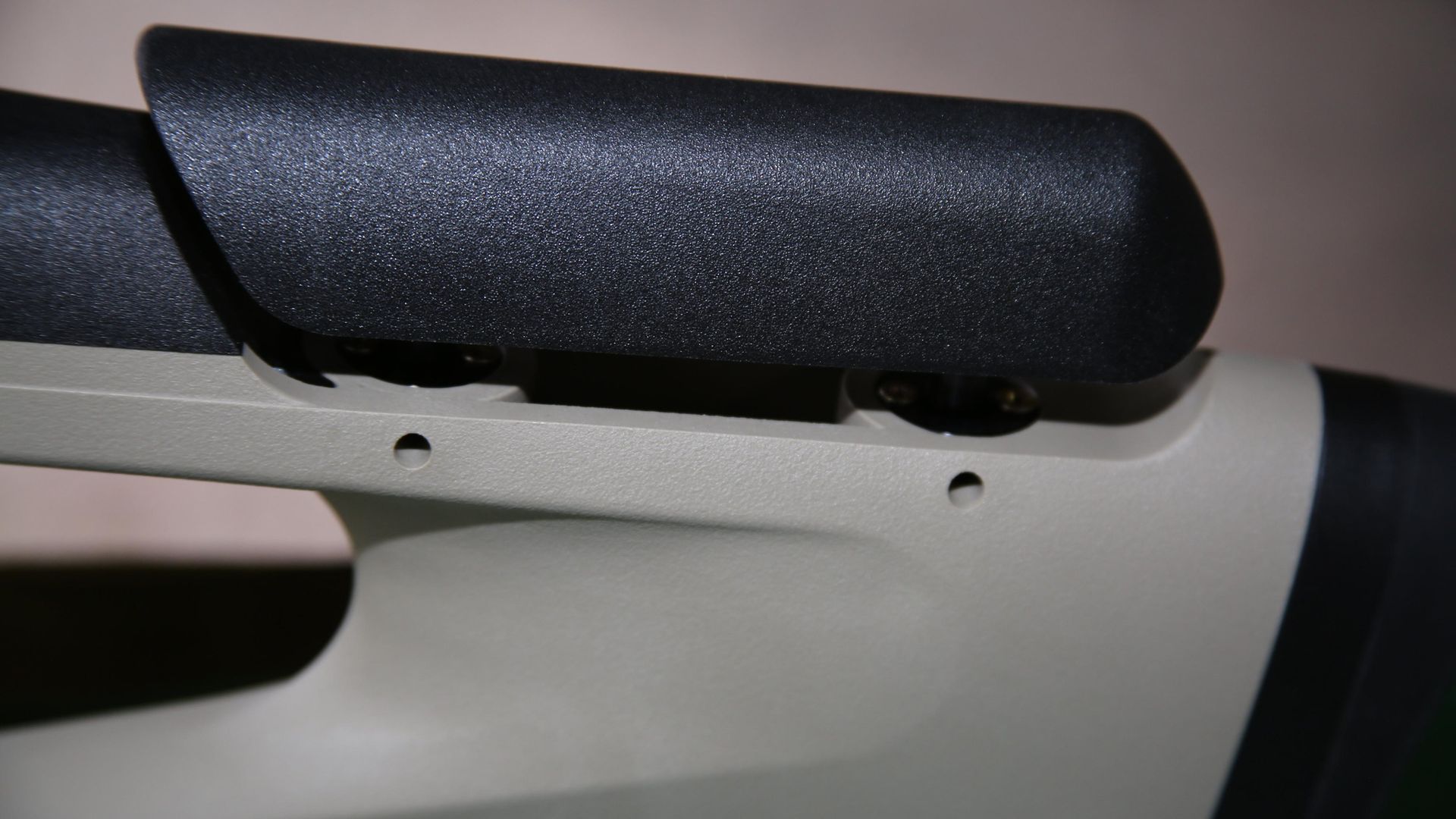 credit: Archant
credit: Archant
HANDLING AND SHOOTING
At just over 8 pounds, including the MCT SWAT scope Brocock included with the test rifle, the Sahara is lighter than it looks. In fact, it represents just about the ideal compromise between the required heft of stability, and ease of carry in the field. Personally, I prefer it with the new compact MCT Copperhead scope fitted, but even with a full-size optic, the combination would be entirely manageable. Brocock has even designed the Sahara’s magazine to be inserted into the right-hand side of the action block, so that scopes with large sidewheels won’t present a problem.
With its entirely manageable length, even with a silencer fitted, the Sahara comes easily to the point of aim, and remains there with minimal input from the shooter, for the few seconds required to take the shot. Whether or not the style and finish of the Sahara’s stock suits your taste, the efficiency of it isn’t in question. Brocock’s designers nailed this brief, no doubt about it.
The Sahara runs Brocock’s latest removeable, rotary magazine, complete with a flip-open lid for easy loading. In .177, the mag’ holds 13 pellets, with the .22 and .25 holding 11 and 10 respectively, and loading is simply a matter of opening the magazine lid, rotating the pellet-carrier in an anti-clockwise direction until it stops, then dropping pellets into its vacant chambers until the mag’ is fully loaded. Now, close the lid and insert the magazine. It will only load the correct way round, all as designed, and just about as straightforward as could be.
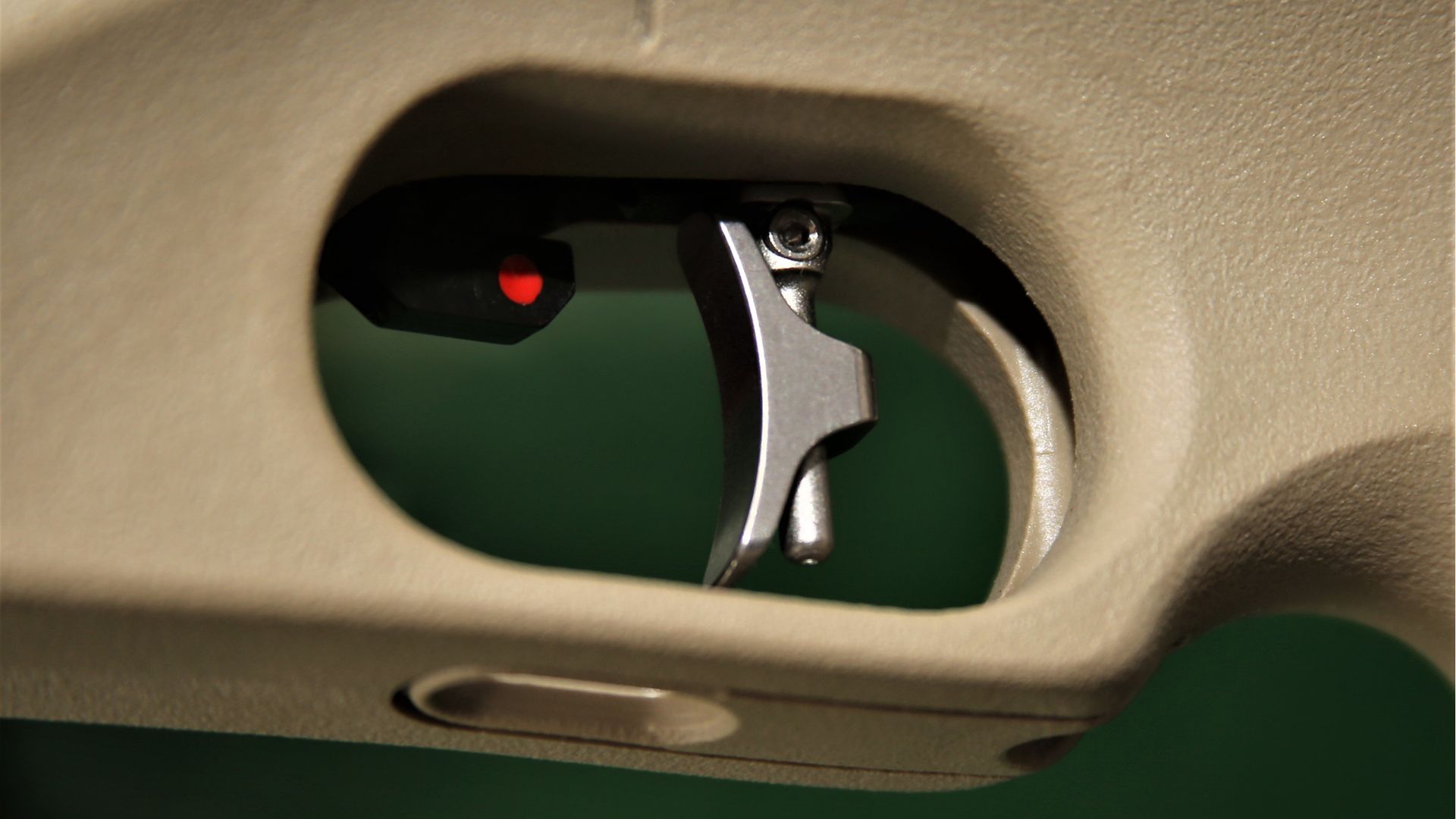 credit: Archant
credit: Archant
Cycling pellets is a matter of flicking back and forth the Sahara’s sidelever, via the minimal effort required on the sidelever’s drop-down, biathlon-style handle. Everything shuttles about its business with an assured air of efficiency, and minimal fuss. All that’s required now, is to bring together all of the Sahara’s features and assess the result. Next stop – the test range.
The test rifle was supplied with an optional 0dB silencer, and my first impression was of an extremely quiet, impressively efficient rifle, that shot as accurately as I expected from the very first session. As it turned out, it was fortunate that the Sahara produced a favourable first impression, because shortly after that initial range test the UK was clobbered by Storm Eunice, followed seamlessly by Storm Dudley. In fact, with the British Shooting Show also swallowing precious testing time, I was forced to carry out two, four-hour range sessions to conclude my findings. I found it informative and extremely satisfying. It has to be said, that sometimes, my job is unfairly enjoyable.
In addition to my usual pleas for forensic level stock adjustment, trigger setting, and extensive research into pellet choice, I’ll add ‘get the 0dB silencer and a couple of spare magazines’. A bipod would be another wise choice for those who use these on a regular basis, and perhaps a sling.
Mainly, though, the best advice I could possibly give any new owner of a Brocock Sniper Sahara XR, is to shoot it and train with it as much as possible. ‘Little and often’ is usually the best way, but those two, deadline-enforced, extensive shooting sessions I put in brought my preferred technique and the rifle’s potential together in a seriously productive way. By the time I’d mapped the test rifle’s aimpoints from 5 to 50 yards, I felt like I’d been shooting the Sahara for years.
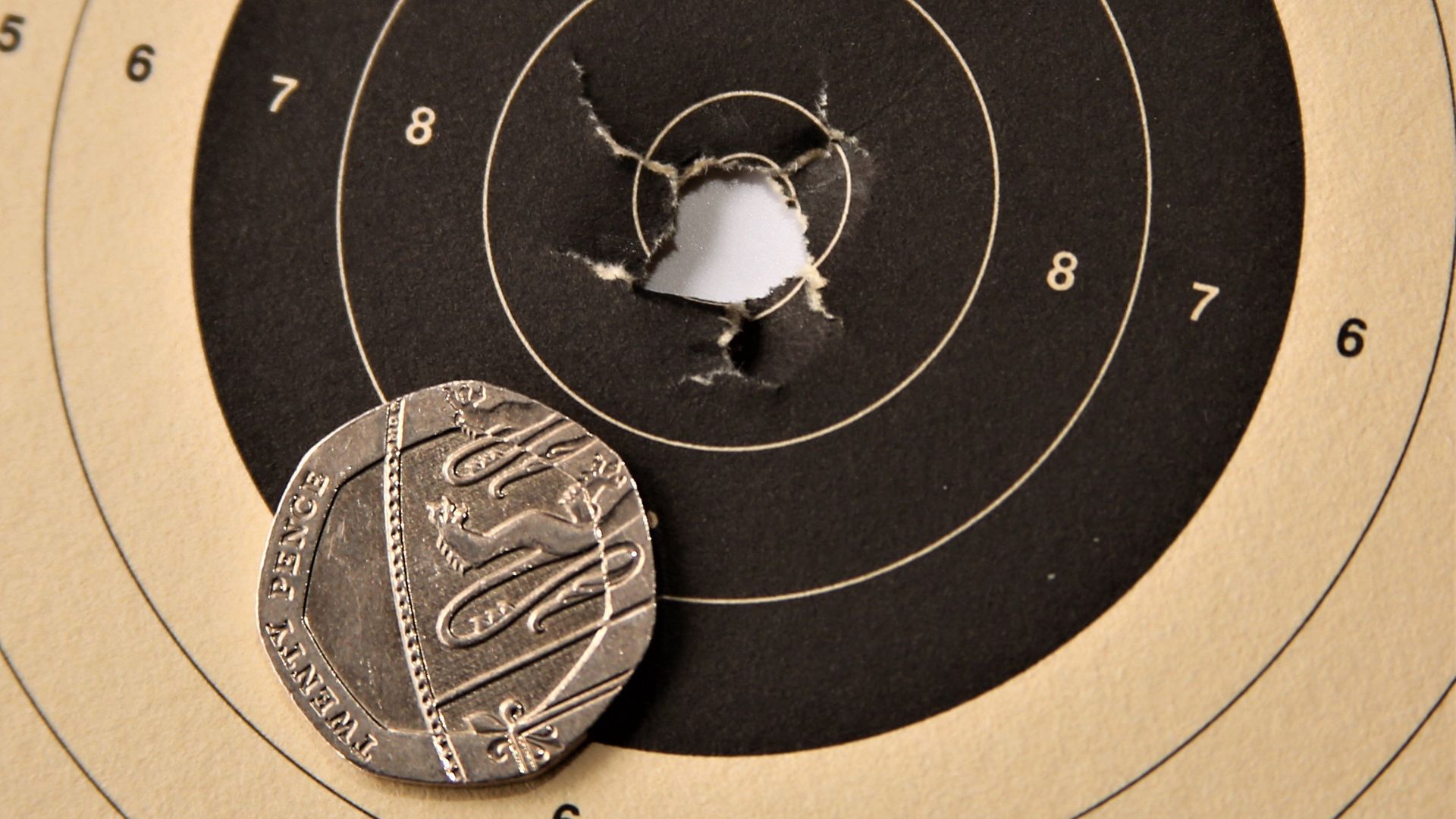 credit: Archant
credit: Archant
INITIAL VERDICT
This rifle has everything a top-performing sporter should have, including a substantial price tag. Add the cost of a 0dB silencer, a couple of spare magazines and a bipod, and you’re looking at a hefty investment. The Sahara costs what it does because that’s what it takes to produce a sporting air rifle of this quality. Brocock has set the bar at a certain level these days – and the result is genuinely impressive.
TECHNICAL SPECIFICATION
Model: Brocock Sniper Sahara XR
Manufacturer: Brocock
Country of origin: UK
Price: £1244
Type: Pre-charged pneumatic, multi-shot, variable-power sporter
Calibre: .22, .177, .25
Cocking/loading: Sidelever
Trigger: 2-stage, adjustable, with manual, resettable, safety
Stock type: Ambidextrous, synthetic, adjustable
Weight: 3.3kg (7lbs 3oz) rifle only
Length: 820mm (32.2”)
Barrel: 430mm (17ins)
Filling Pressure: 200bar (300psi) recommended
Magazine capacity: 13 for .177, 11 for .22 and 10 for .25
Shots per charge: approx. 400-plus in .177 and 450-plus in .22, at11-plus ft.lbs.
Average energy: 11.6 ft.lbs.
Contact: brocock.co.uk